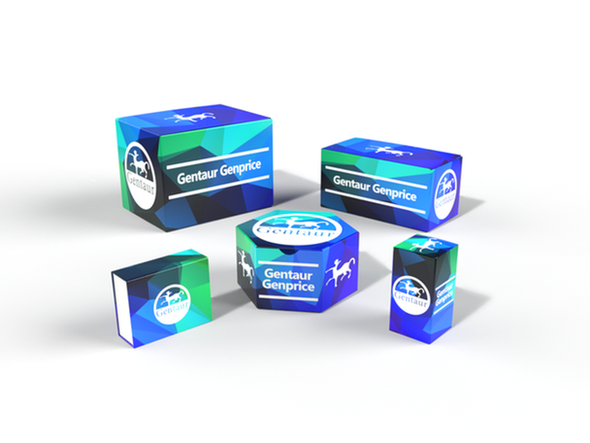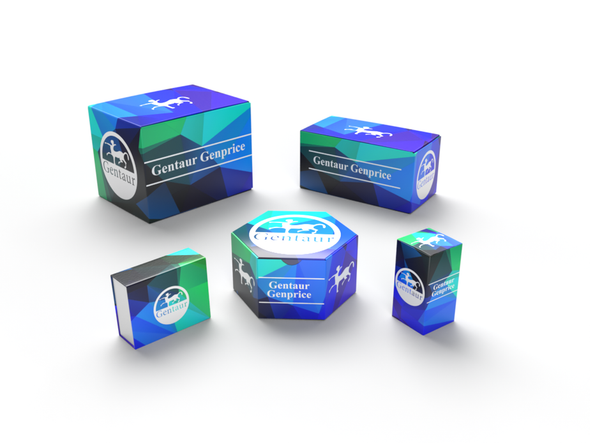740
Human chemokine (C-X-C motif) ligand 9 (CXCL9) ELISA kit | AE63349HU
- SKU:
- 740-AE63349HU
- Availability:
- Usually ships in 5 working days
Description
Human chemokine (C-X-C motif) ligand 9 (CXCL9) ELISA kit | AE63349HU | Gentaur UK, US & Europe Distribution
Species Reactivity: Human (Homo sapiens)
Abbreviation: CXCL9
Alternative Name: N/A
Application: ELISA
Range: 31.25-2000 pg/mL
Sensitivity: 12.5 pg/mL
Intra-Assay: ≤4.7%
Inter-Assay: ≤7.8%
Recovery: 0, 95
Sample Type: Serum, Plasma, Other biological fluids
Detection Method: Sandwich
Analysis Method : Quantitive
Test Principale: This assay employs a two-site sandwich ELISA to quantitate CXCL9 in samples. An antibody specific for CXCL9 has been pre-coated onto a microplate. Standards and samples are pipetted into the wells and anyCXCL9 present is bound by the immobilized antibody. After removing any unbound substances, a biotin-conjugated antibody specific for CXCL9 is added to the wells. After washing, Streptavidin conjugated Horseradish Peroxidase (HRP) is added to the wells. Following a wash to remove any unbound avidin-enzyme reagent, a substrate solution is added to the wells and color develops in proportion to the amount of CXCL9 bound in the initial step. The color development is stopped and the intensity of the color is measured.
Product Overview: Chemokines are a group of small (approximately 8 to 14 kD), mostly basic, structurally related molecules that regulate cell trafficking of various types of leukocytes through interactions with a subset of 7-transmembrane, G protein-coupled receptors. Chemokine (C-X-C motif) ligand 9 (CXCL9) is a small cytokine belonging to the CXC chemokine family that is also known as Monokine induced by gamma interferon (MIG) . CXCL9 is a T-cell chemoattractant, which is induced by IFN-γ. It is closely related to two other CXC chemokines called CXCL10 and CXCL11, whose genes are located near the gene for CXCL9 on human chromosome 4.CXCL9, CXCL10 and CXCL11 all elicit their chemotactic functions by interacting with the chemokine receptor CXCR3.
Stability: The stability of ELISA kit is determined by the loss rate of activity. The loss rate of this kit is less than 5% within the expiration date under appropriate storage condition. The loss rate was determined by accelerated thermal degradation test. Keep the kit at 37°C for 4 and 7 days, and compare O.D.values of the kit kept at 37°C with that of at recommended temperature. (referring from China Biological Products Standard, which was calculated by the Arrhenius equation. For ELISA kit, 4 days storage at 37°C can be considered as 6 months at 2 - 8°C, which means 7 days at 37°C equaling 12 months at 2 - 8°C) .










